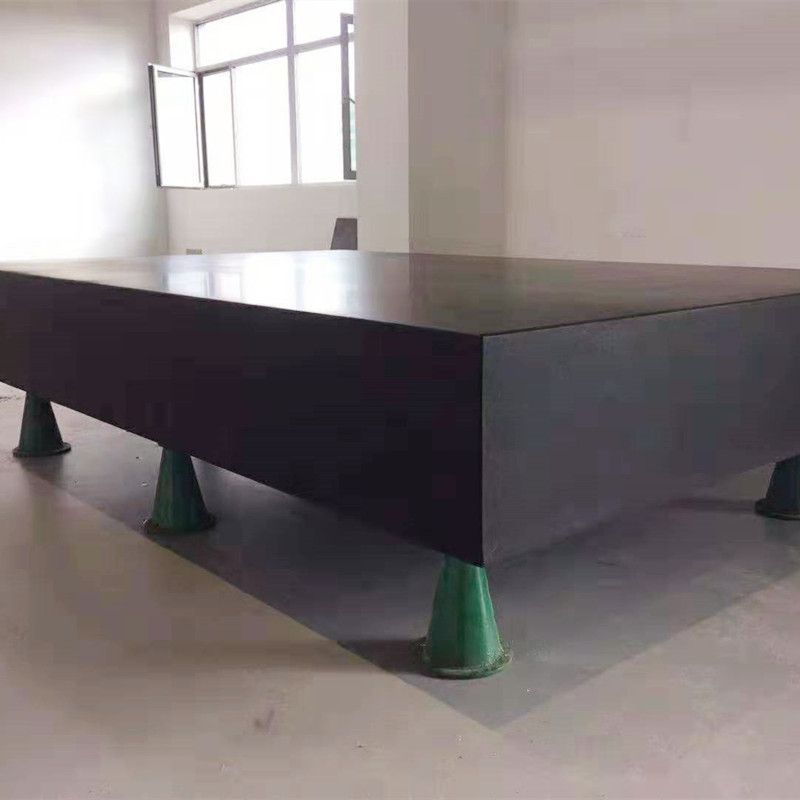Desemba . 06, 2024 14:01 Back to list
types of control valves used in industry
Types of Control Valves Used in Industry
Control valves play a vital role in various industrial processes by regulating the flow of fluids, including liquids, gases, and slurries. These devices are essential for ensuring efficient operation in a multitude of applications, such as chemical processing, water treatment, oil and gas, and power generation. The selection of an appropriate type of control valve is crucial for maintaining system performance, ensuring safety, and achieving economic efficiency. This article explores the different types of control valves used in the industry, highlighting their features and applications.
1. Globe Valves
Globe valves are one of the most commonly used types of control valves in industry due to their excellent throttling capability. They consist of a spherical body with an internal baffle that allows fluid to flow through a specific path. This design enables precise control over flow rates and pressure drops. Globe valves are particularly advantageous in applications where fine adjustment is necessary. Their robust construction also makes them suitable for high-pressure environments. However, globe valves may have a higher pressure drop compared to other valve types, which can result in energy losses.
2. Ball Valves
Ball valves are known for their quick opening and closing capabilities. They utilize a spherical disc—a ball—that rotates within the valve body to control the flow. When the ball is aligned with the flow, the valve is open; when perpendicular, it is closed. Ball valves are often favored in applications requiring rapid shut-off or isolation. They offer low resistance to flow and are suitable for various fluids, including corrosive liquids and gases. However, ball valves are not ideal for throttling applications, as their design does not offer fine flow control.
types of control valves used in industry

Butterfly valves are characterized by a circular disc that rotates around an axis to regulate flow. These valves are lightweight, compact, and economical, making them an attractive option for large diameter pipes. They are highly efficient, providing a low-pressure drop when fully open. Butterfly valves can be used for throttling; however, they are best suited for on/off applications. Their simplicity and versatility make them a common choice in water treatment plants, HVAC systems, and food processing.
4. Gate Valves
Gate valves are primarily used for on/off control rather than throttling. They consist of a gate-like mechanism that moves up and down to obstruct or permit flow. Due to their relatively simple design, gate valves provide minimal resistance to flow when fully open. However, they are not ideal for applications requiring frequent operation, as the friction can cause wear over time. Gate valves are commonly found in pipelines, water systems, and in situations where a straight-line flow is desired.
5. Check Valves
While not a traditional control valve, check valves are essential in preventing backflow in piping systems. They automatically allow fluid to flow in one direction while preventing reverse flow. This feature is critical in protecting pumps and maintaining system efficiency. Check valves come in various designs, such as swing checks and ball checks, each suited to specific applications and flow conditions.
Conclusion
The choice of control valve type can significantly affect the efficiency, safety, and performance of industrial processes. Each type—globe, ball, butterfly, gate, and check valves—has distinct characteristics that make them suitable for specific applications. Understanding the operational requirements, including pressure, temperature, and fluid type, is crucial in selecting the appropriate valve. As industries continue to advance, the development and optimization of control valve technology will remain integral to achieving better control and efficiency in fluid handling systems. The ongoing evolution in design and materials will undoubtedly enhance the role of control valves in maintaining operational excellence across various sectors.
-
thread-plug-gauge-our-promise-of-measurement-excellenceNewsAug.22,2025
-
gauge-pin-class-reflecting-quality-legacyNewsAug.22,2025
-
check-valve-types-for-high-rise-buildingsNewsAug.22,2025
-
water-control-valve-for-irrigation-systemsNewsAug.22,2025
-
gate-valve-with-soft-seal-technologyNewsAug.22,2025
-
y-type-strainer-for-oil-and-gas-applicationsNewsAug.22,2025
Related PRODUCTS









